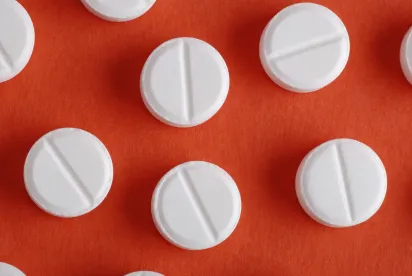On Monday, August 3rd, the Food and Drug Administration (FDA) approved the first 3D printed pill, signaling a new opportunity for drug makers and 3D printing technology.
Spritam, a medication for epilepsy, is manufactured by Ohio-based pharmaceutical company, Aprecia Pharmaceuticals. This particular drug has already been on the market, but the new, 3D printed version, is designed to dissolve more rapidly than any other seizure medication. This new design also allows for a high drug load to be delivered in a single dose, limiting the number of pills necessary. The 3D printed design may be particularly helpful for children or other patients who have difficulty swallowing large pills. By layering medication, 3D printing allows the creation of a more porous pill that can dissolve more quickly into liquid. The pill should be available commercially early in 2016.
3D printing has already been used to make medical devices, but the approval of Spritam presents new opportunities to use this technology to tailor medications and specific formulations of drugs to individual patients. For example, Spritam provides physicians with an alternative design to epilepsy medication which may be particularly beneficial for patients who are young or who have trouble swallowing pills.
According to experts, 3D printing of pills may lead to a future of custom-ordered drugs, based on specific patient needs, as opposed to a single manufacturing process. 3D printing may one day allow clinicians to make software adjustments before printing such that the dose and rate of drug release can be adjusted for individual patients. Researchers at the School of Pharmacy of University College London have been developing a technique to 3D print pills in different shapes which will allow the release of drugs at different rates. Their research suggests the rate of drug release is dependent on the surface area-to-volume ratio of a pill, rather than the surface area and therefore they are able to manipulate rate of release by designing different shaped pills.
Until now, it was not clear whether or not the FDA would approve drugs manufactured by 3D printing. This is an exciting development for 3D printing, and its role in medicine, as researchers are working on other 3D printed technologies such as printing body parts like tracheas and bones, as well as ears, kidneys, blood vessels, and skin.


 />i
/>i
